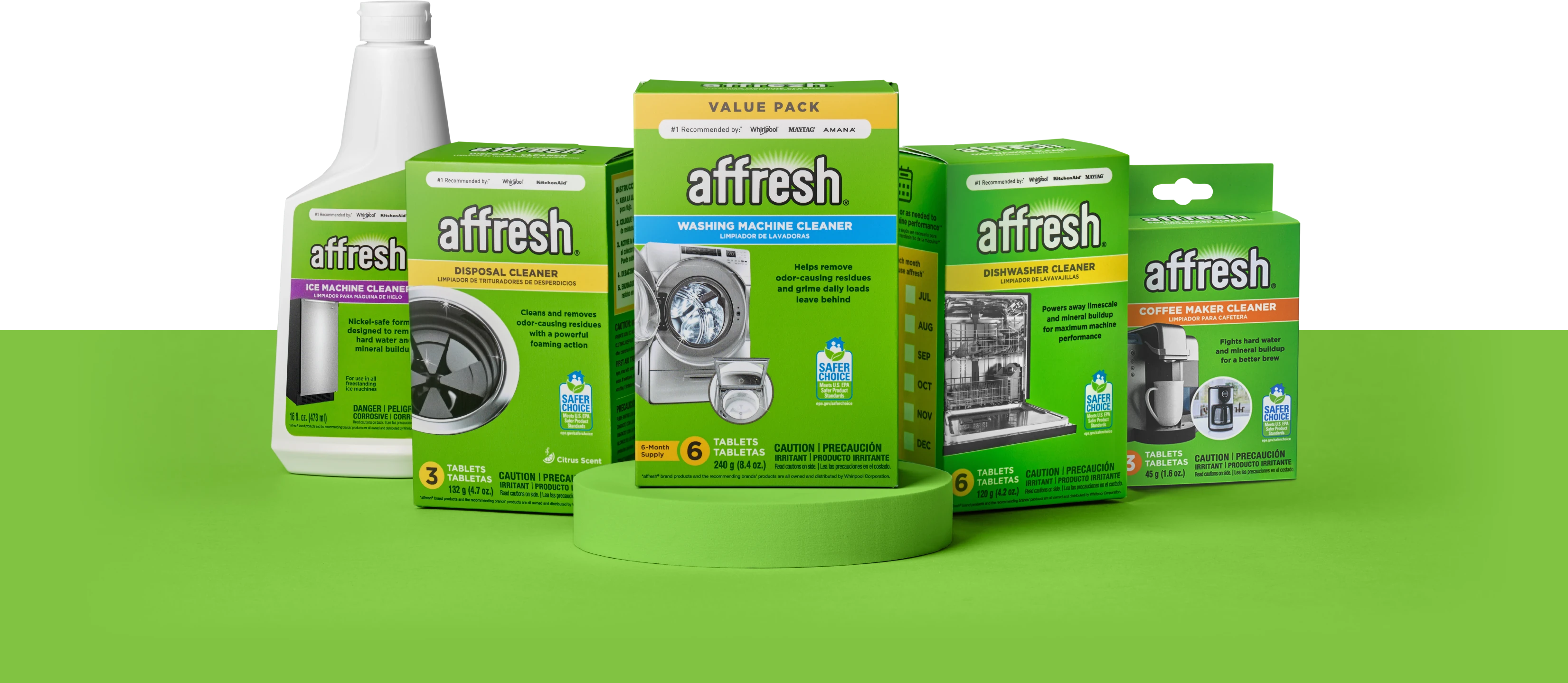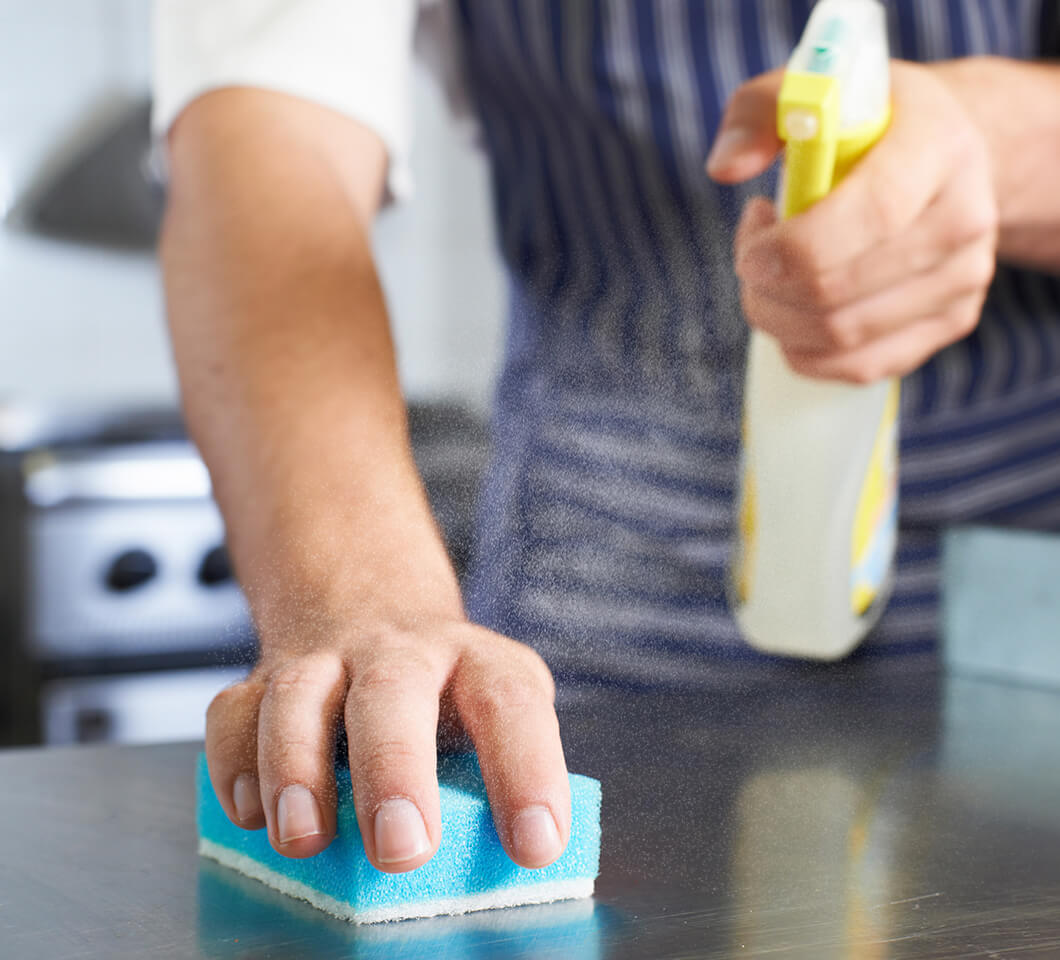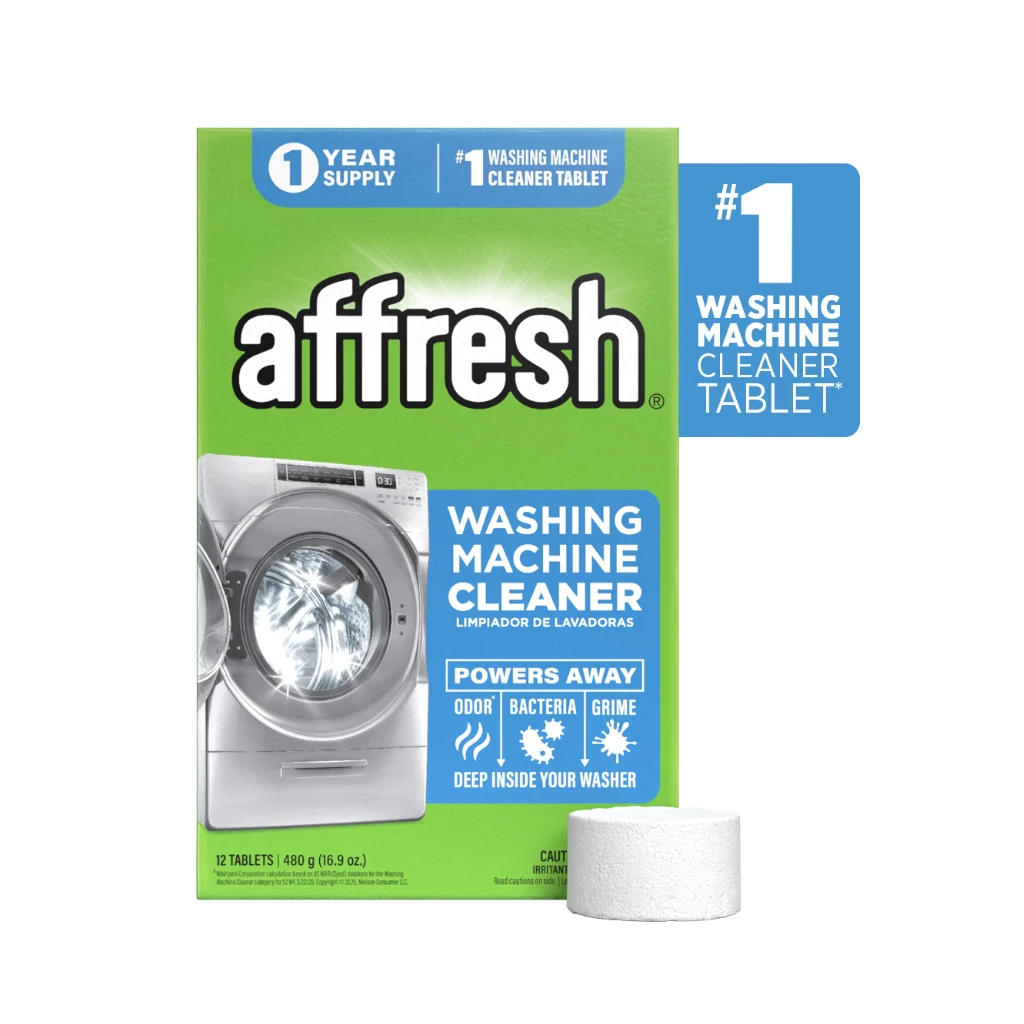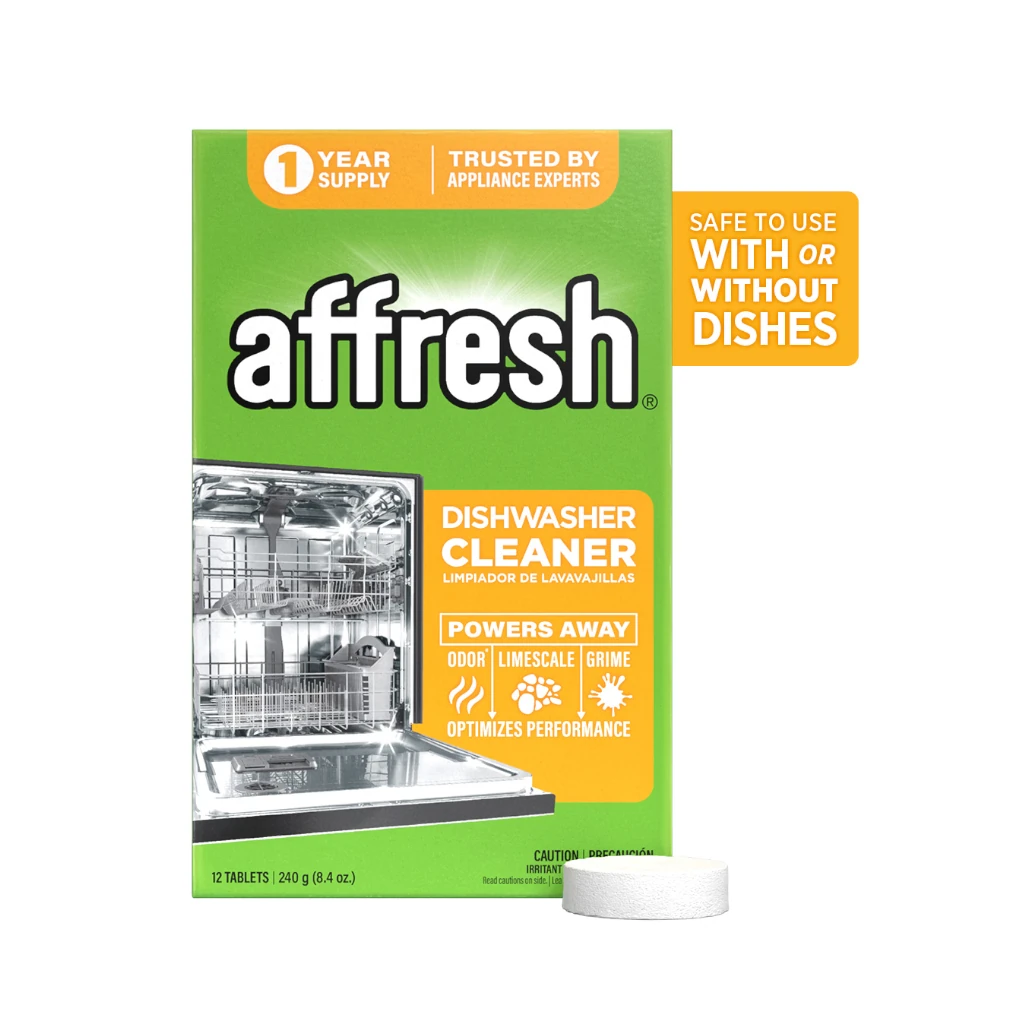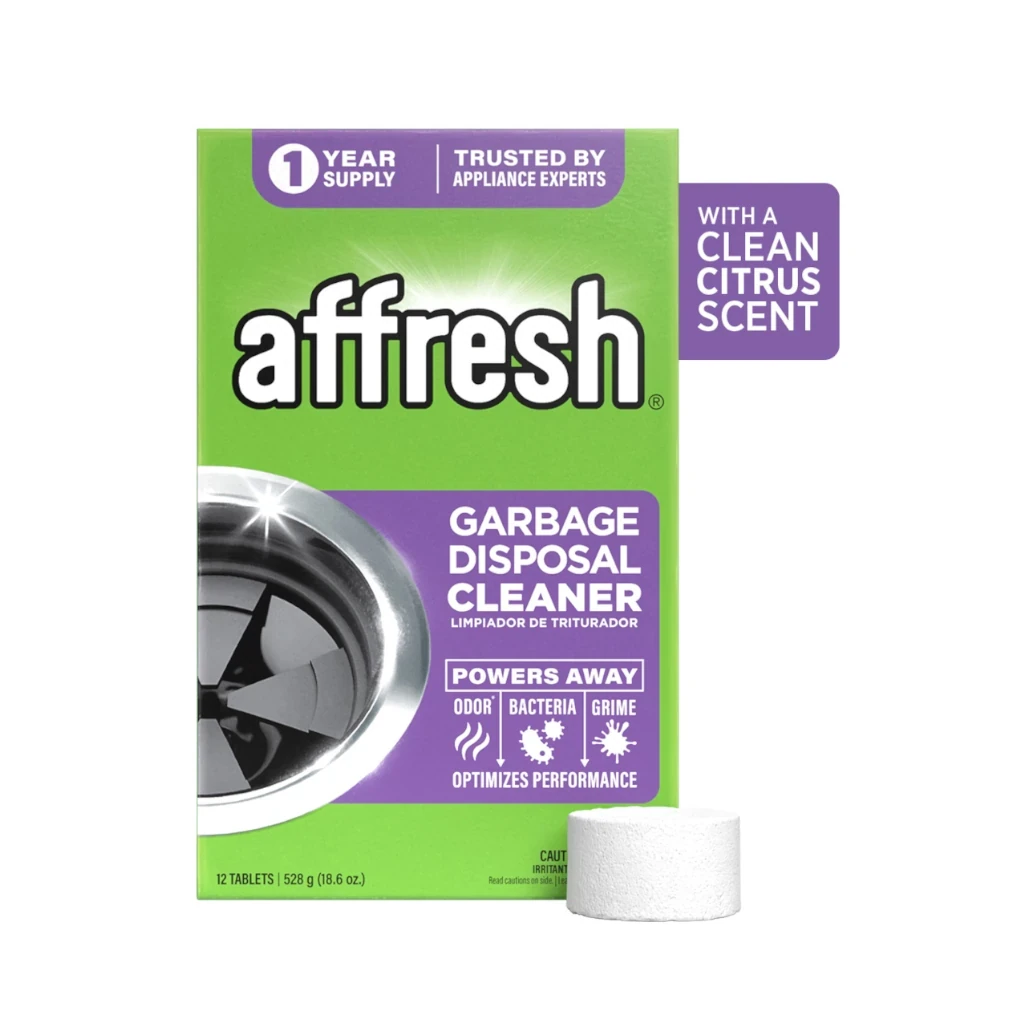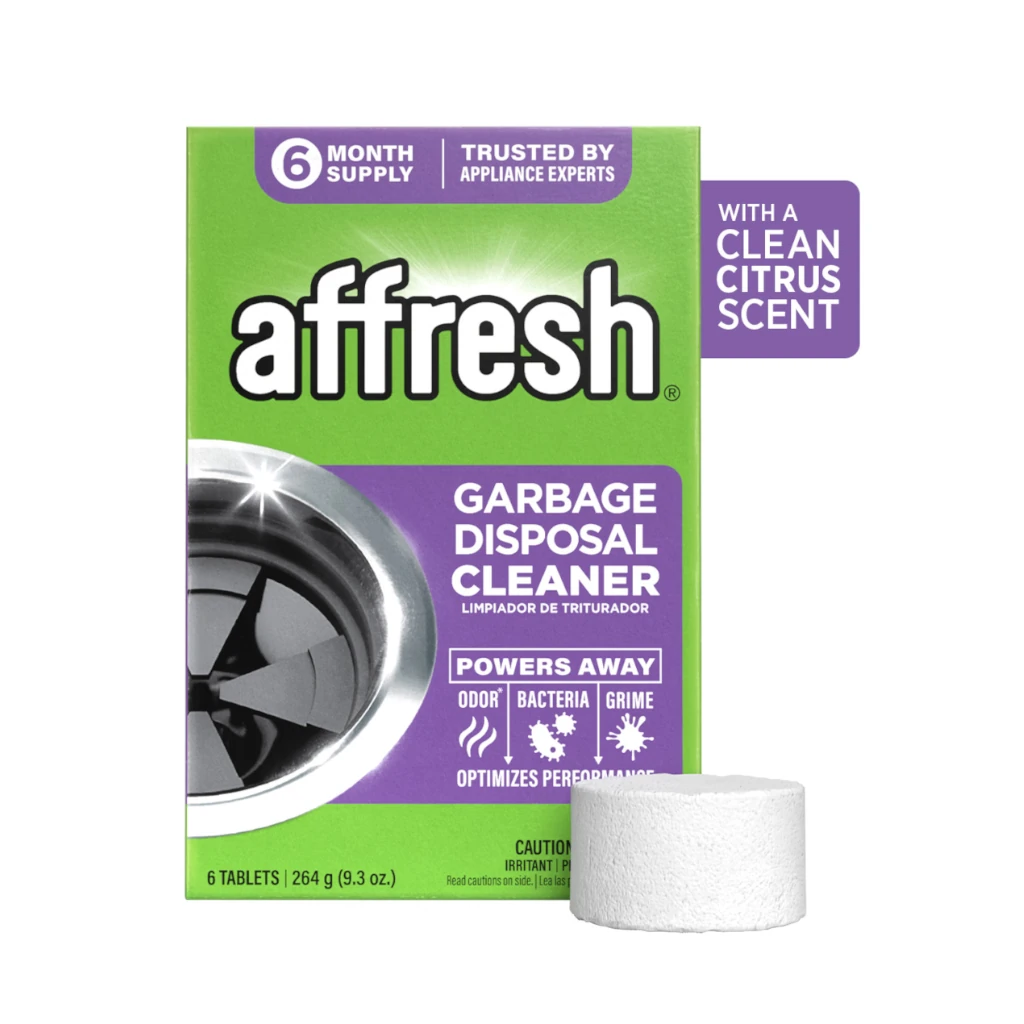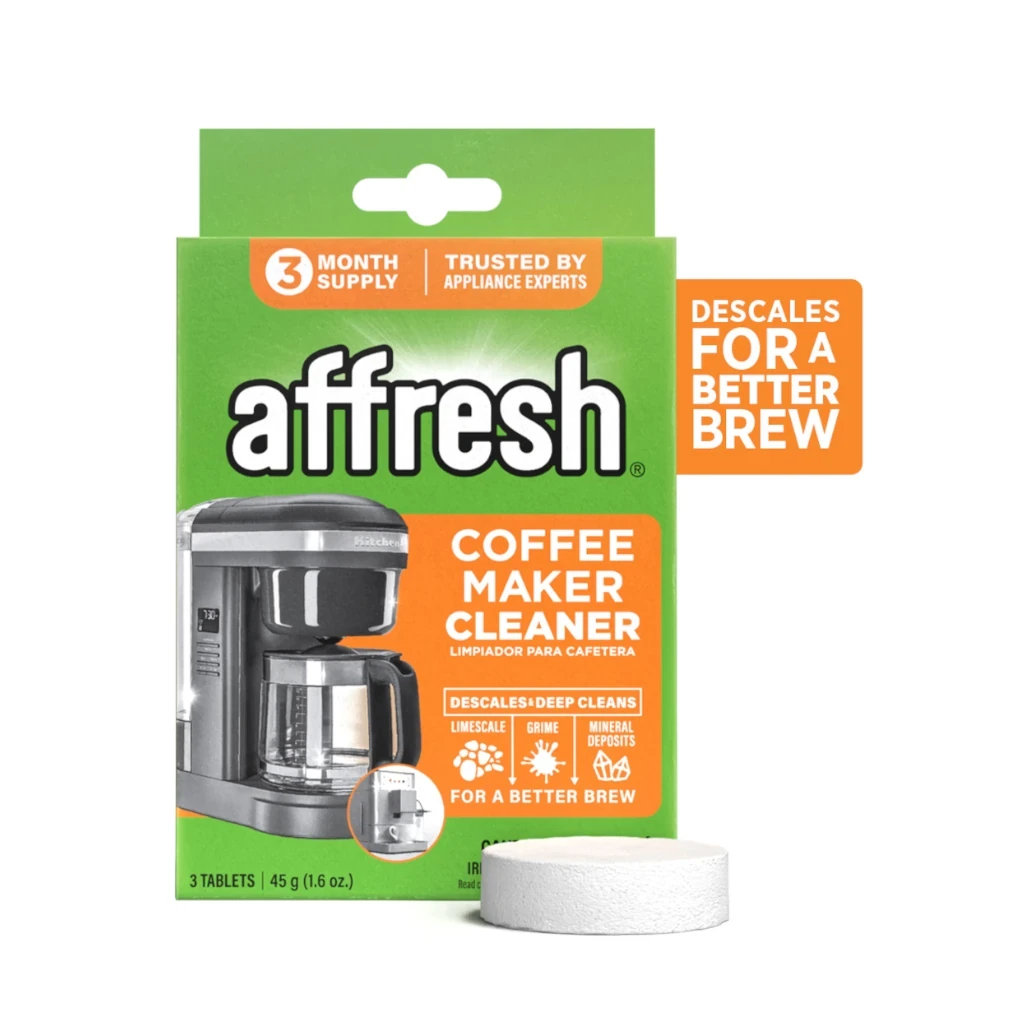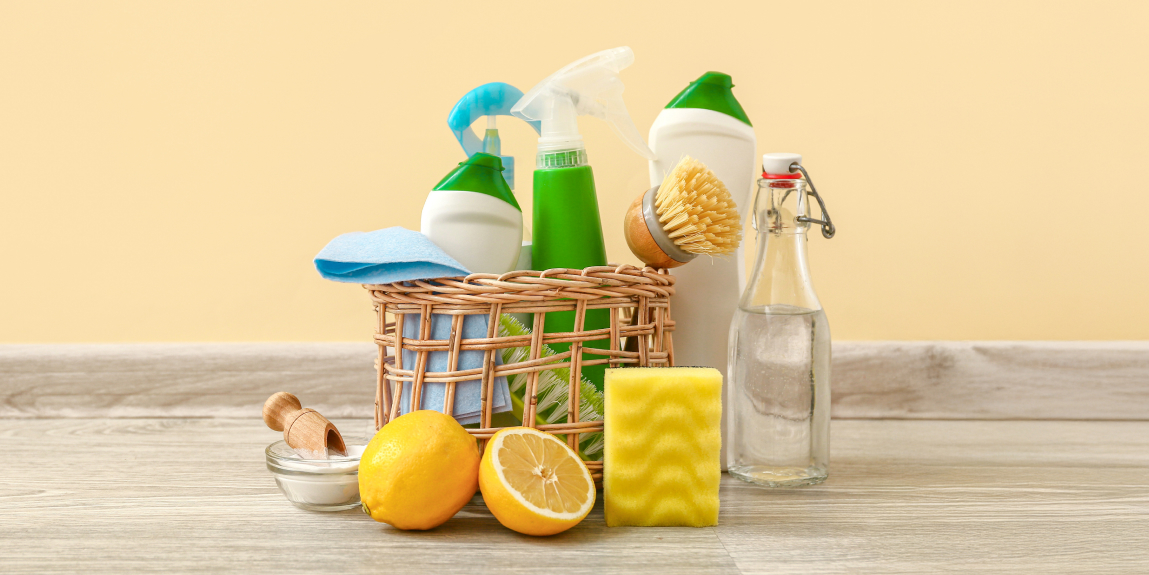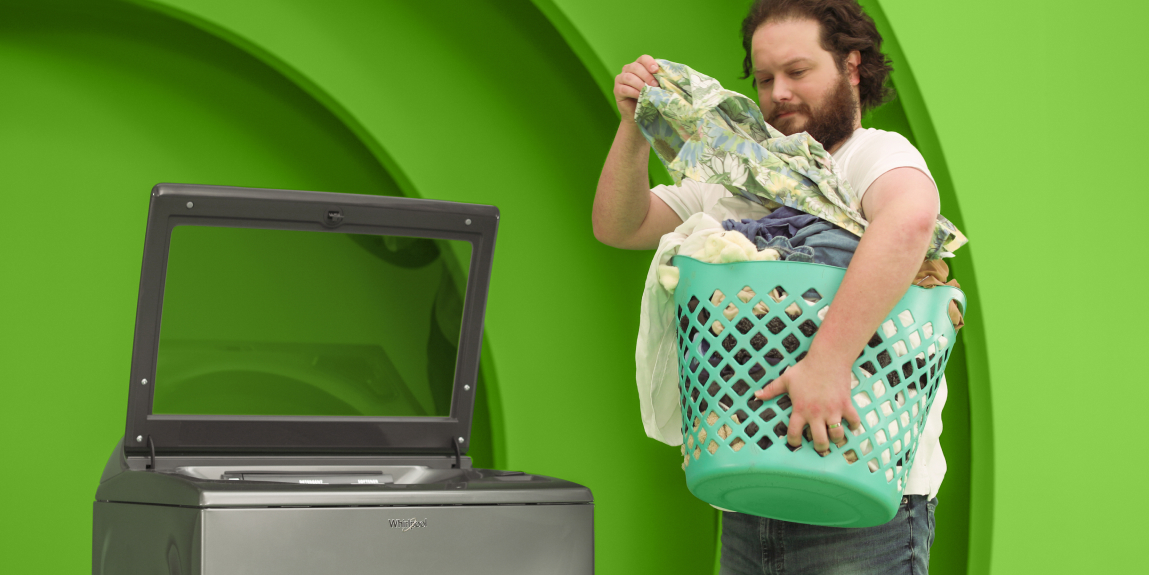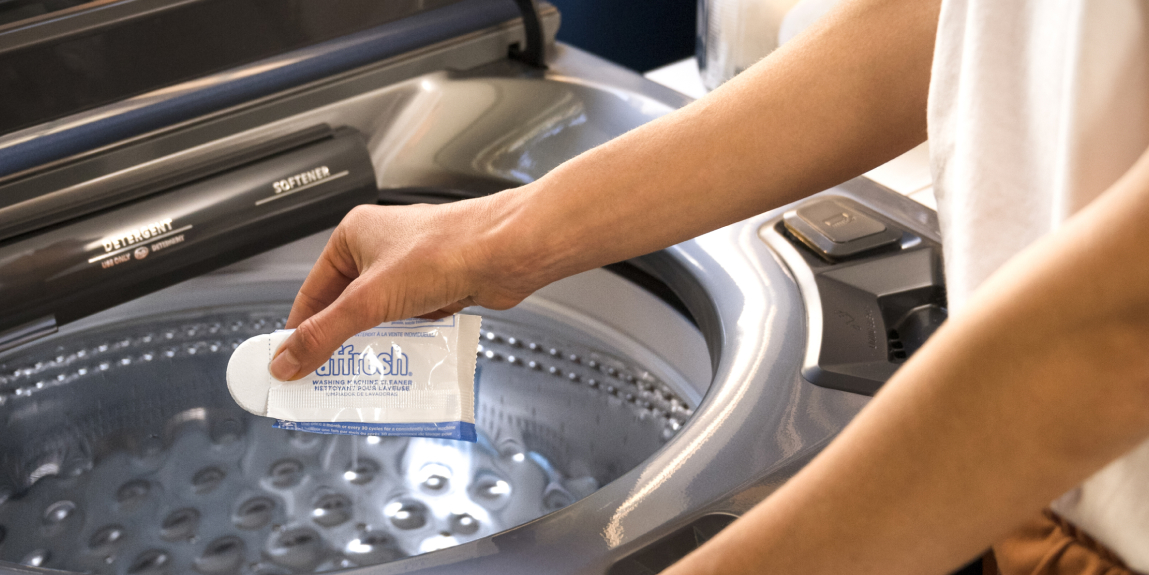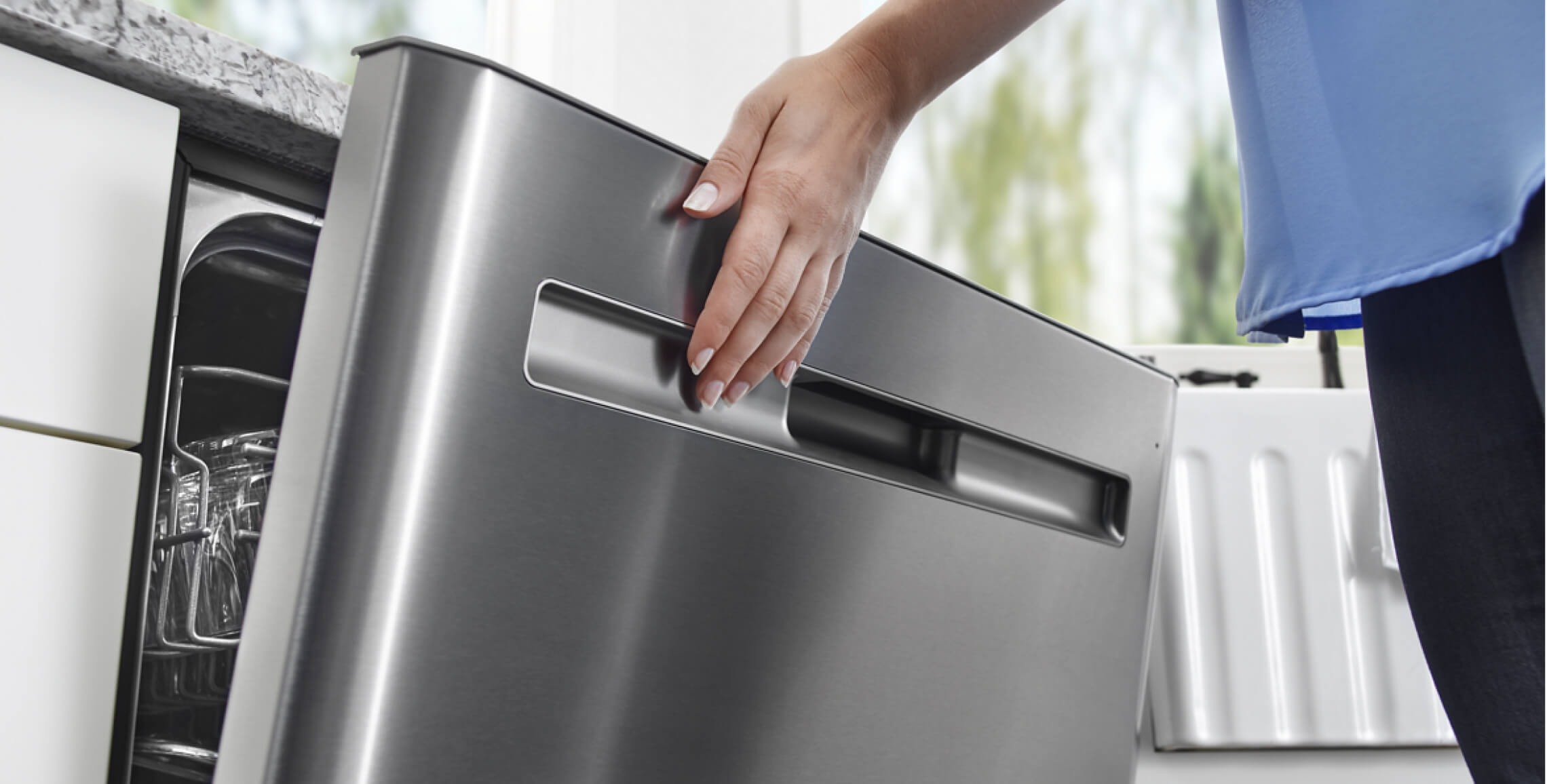
How to Remove Fingerprints on Stainless Steel Appliances
Stainless steel appliance finishes are a great way to give your kitchen a sleek, modern appearance. But stainless steel refrigerators and dishwashers look their best when they’re clean — and fingerprints and smudges can leave the finish looking dull and dirty. Fortunately, you can remove fingerprints from stainless steel with items you most likely have at home.
6 Ways to Remove Fingerprints from Stainless Steel
When cleaning stainless steel appliances, it’s best to go with gentle, non-abrasive cleaners and soft cloths or paper towels. Avoid abrasive cleaners, steel wool and other harsh methods, as these could scratch or damage your stainless steel over time. If you don’t have stainless steel cleaning spray at home, the following solutions can help you remove fingerprint stains and smudges, as well as help restore shine.
1. Vinegar
White vinegar is a versatile and gentle natural cleaner that helps remove fingerprint stains. Use a spray bottle to apply the vinegar directly to the surface or use it to dampen a soft microfiber cloth. Next, rub the vinegar onto the stainless steel surface in the same direction as the metal’s grain (horizontal or vertical). Wait for 10 seconds, then buff the surface with a soft, dry cloth or paper towel. Repeat until fingerprints are completely removed.
2. Dish soap and water
Mild dish soap and warm water is a simple but effective cleaner that is safe for both fingerprint resistant and black stainless steel. Wet a soft cloth with warm water and apply a very small amount of dish soap to the cloth. Wipe in the direction of the metal’s grain to clean away the fingerprints, then dry the surface thoroughly with a soft, dry cloth or paper towel. Repeat the process if the stains remain.
3. Club soda or soda water
This common drink mixer has numerous household applications and can help stainless steel shine. Pour club soda or plain soda water into a clean, empty spray bottle and spritz the surface of the stainless steel. Next, use a soft cloth to wipe the soda across the surface in the same direction as the metal’s grain. After wiping down your stainless steel with club soda, rinse using a cloth dampened with warm water and dry using paper towels or a soft, dry cloth.
4. Water and microfiber cloth
If you own black stainless steel, or if your stainless steel appliances have a fingerprint-resistant finish, you may be able to clean the surface using only water and a microfiber cloth. Simply dampen the microfiber with warm water and wipe down the doors and handles, moving back and forth in the direction of the grain. Use a dry cloth afterward to remove moisture and prevent water spots or rust.
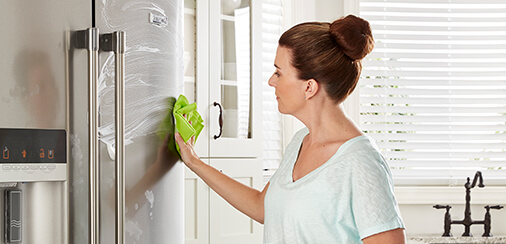
5. Olive oil
This kitchen staple not only cleans stainless steel, but it also helps protect it from water spots and fingerprint smudges. Apply a few drops to a dry microfiber cloth, then polish the steel by rubbing in the same direction as the grain. Apply thoroughly, taking care not to miss any spots. Once you have applied the olive oil, use a dry microfiber cloth to buff the steel and remove excess oil. This method can help buff out fingerprint smudges and protect your stainless steel’s surface.
6. Stainless steel cleaner
In addition to home remedies, stainless steel cleaners can help you to clean and buff your stainless steel while also protecting the surface.
Stainless Steel vs. Fingerprint Resistant Stainless Steel
Fingerprint resistant stainless steel is treated with a special coating that helps it resist smudges and makes it easier to clean. This coating can be damaged by cleaners like bleach or ammonia, so refer to your appliance care guide to learn the best way of cleaning treated stainless steel.
Can I Use Window Or Glass Cleaner On Stainless Steel Finishes?
Some glass cleaners contain ammonia, which can damage stainless steel finishes. Before using any cleaner on stainless steel, make sure it does not contain ammonia or bleach as both of these can damage stainless steel over time. Check your appliance care guide to learn more.
Instead of using glass cleaner on your stainless steel finishes, look for stainless steel cleaners which are made specifically for cleaning stainless steel surfaces.
Is Acetone Safe For Stainless Steel Finishes?
Acetone may damage the finish on fingerprint resistant stainless steel or pigmented varieties such as black stainless steel. Refer to your appliance’s care guide before using acetone on these surfaces.
Acetone can be used to clean some stainless steel finishes, though it is important to take precautions. Open doors and windows to allow for plenty of air circulation, and do not allow the acetone to dry on stainless steel surfaces. Instead, wipe down the surfaces again with warm, soapy water, then dry with a soft cloth.
Does Rubbing Alcohol Remove Fingerprints From Stainless Steel?
A 1:1 solution of water and rubbing alcohol can be used to remove fingerprints. Simply mix the solution in a bowl or spray bottle, then use it to dampen a microfiber cloth. Wipe down the stainless steel surface, moving in the direction of the grain, then buff with a soft cloth or paper towel.

What Is The Best Cleaner For Black Stainless Steel?
Black stainless steel appliances are treated with coatings to help them resist fingerprints and other smudges. The best way to keep the finish clean and protect the black pigment is by wiping down the surface regularly with a damp microfiber cloth.
If the surface of your black stainless steel appliance is especially dirty, you can use mild dish soap and water to wipe away stains and restore the finish. Remember to follow up with a dry cloth or paper towel to avoid water spots.
How Do I Keep Fingerprints Off Of My Stainless Steel Refrigerator?
The best way to help prevent fingerprint stains and smudges on stainless steel appliances is by using specialized cleaners that are formulated to clean and protect steel surfaces. These cleaners may contain waxes or other ingredients that help repel stains and protect the metal from rust.
Care For Your Appliances With affresh® Cleaning Products
If you’re looking for a simple cleaning solution to keep your washing machine, dishwasher, disposal and other appliances clean and fresh, affresh® appliance care products can help.
